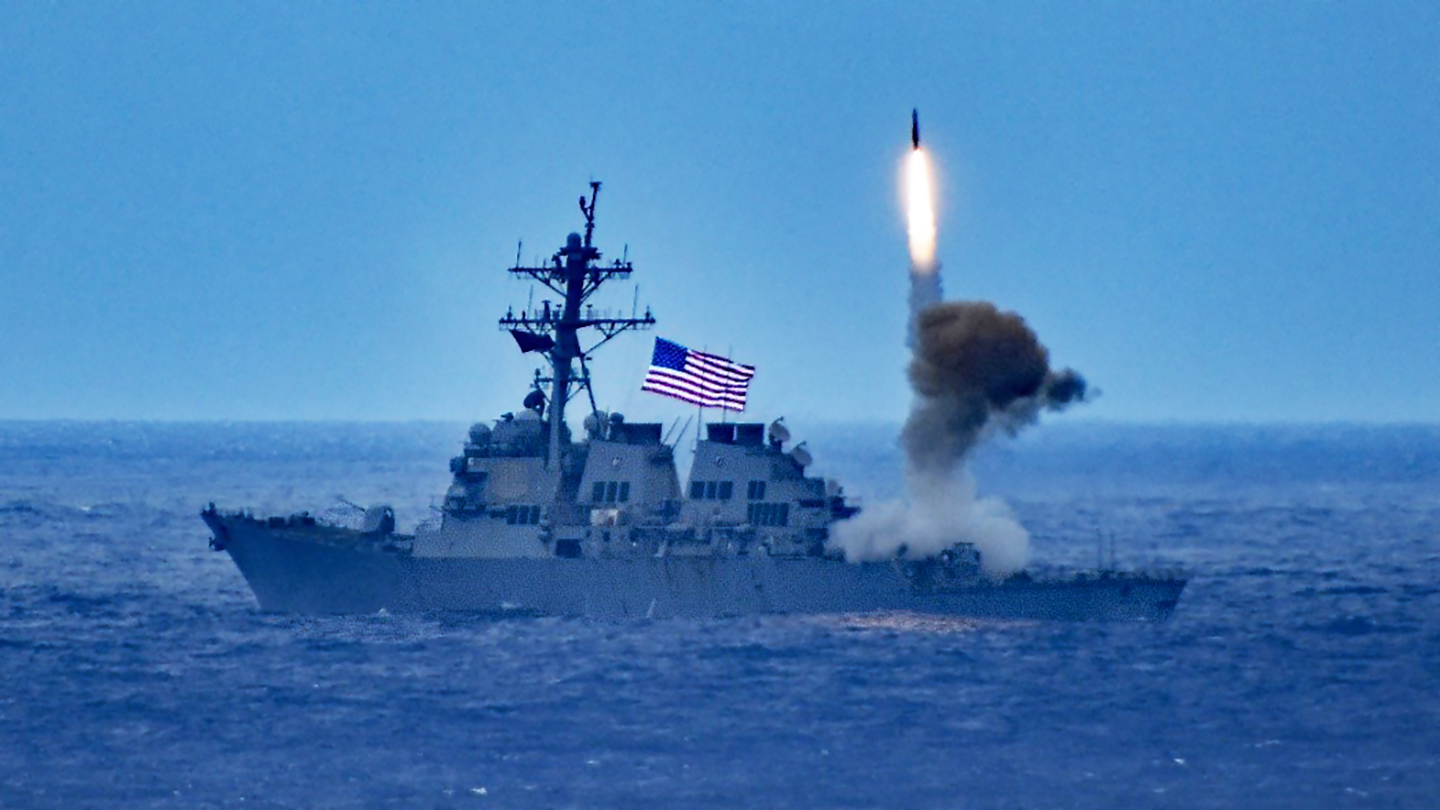The U.S. Navy is hoping to see around $150 million in supplemental funding to help replenish its stocks of SM-2 surface-to-air missiles and other munitions after months of shooting down Houthi missiles and drones in and around the Red Sea. There have been and continue to be significant concerns about the rate at which American warships are expending munitions against Houthi threats and the broader ramifications thereof. These are issues The War Zone explored in detail in a recent feature that you can find here.
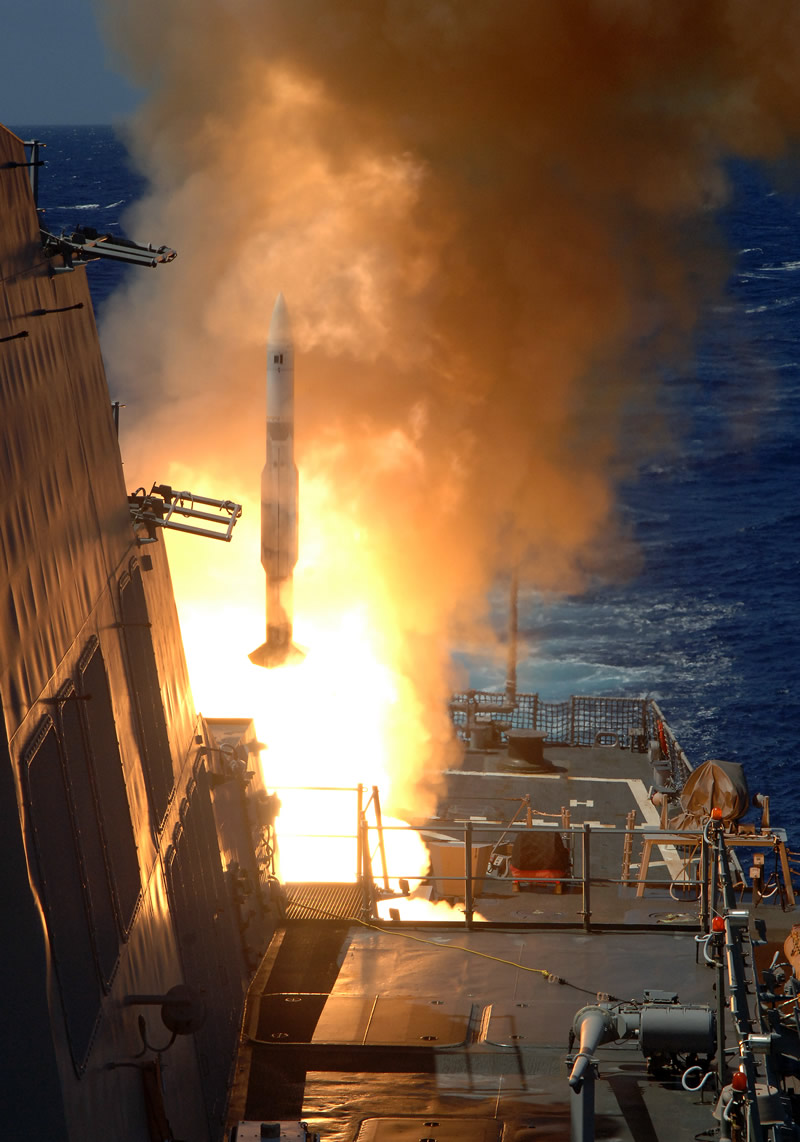
U.S. military officials provided various details yesterday about how they are addressing the substantial expenditure of resources being incurred in defending against Houthi attacks from Yemen as part of the rollout of the Pentagon’s 2025 Fiscal Year budget request.
“The situation in the Red Sea is a dynamic one,” Navy Adm. Christopher Grady, Vice Chairman of the Joint Chiefs of Staff, said at a press conference about the proposed 2025 Fiscal Year budget yesterday. “As to the burn rate at sea, we won’t get into the specifics of, you know, what we’re shooting and how much.”
Since Houthi militants in Yemen began attacking commercial and naval vessels in and around the Red Sea in October, as well as launching attacks on Israel, U.S. Navy warships have reportedly fired at least around 100 Standard-series surface-to-air missiles. This is understood to include medium-range SM-2 and long-range SM-6 types. Some of the SM-2s also have a limited secondary ability to engage surface targets, but the SM-6 is truly a multi-purpose weapon with significant surface-to-surface strike capabilities.
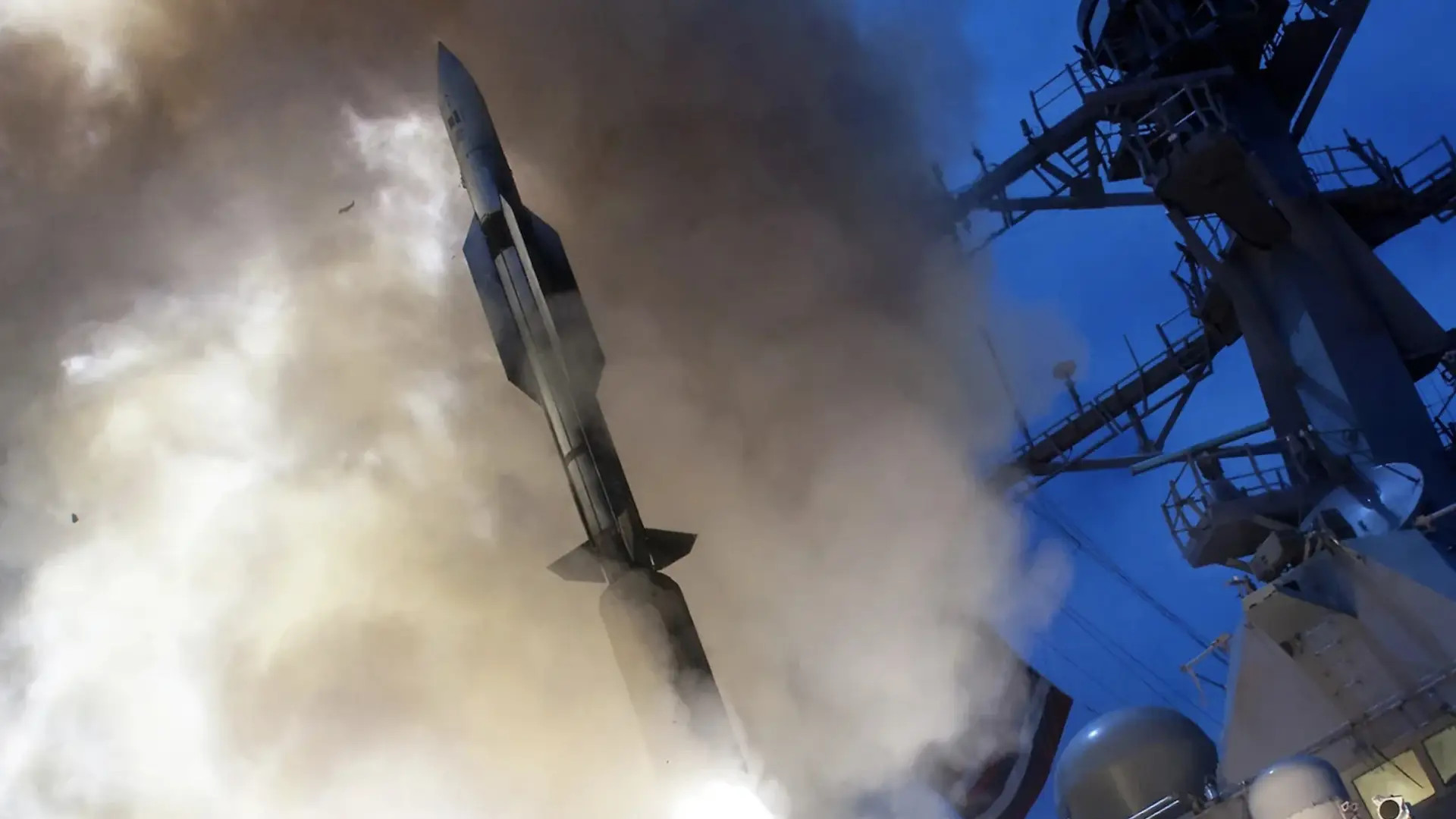
SM-6 can also engage ballistic missiles and even novel hypersonic threats in their terminal phases of flight. This has been important in and around the Red Sea given that the Houthis have become the first group to employ anti-ship ballistic missiles operationally.
The Navy’s ships have also used Phalanx Close-In Weapon Systems (CIWS) and their five-inch main guns on occasion to down Houthi threats, according to reports.
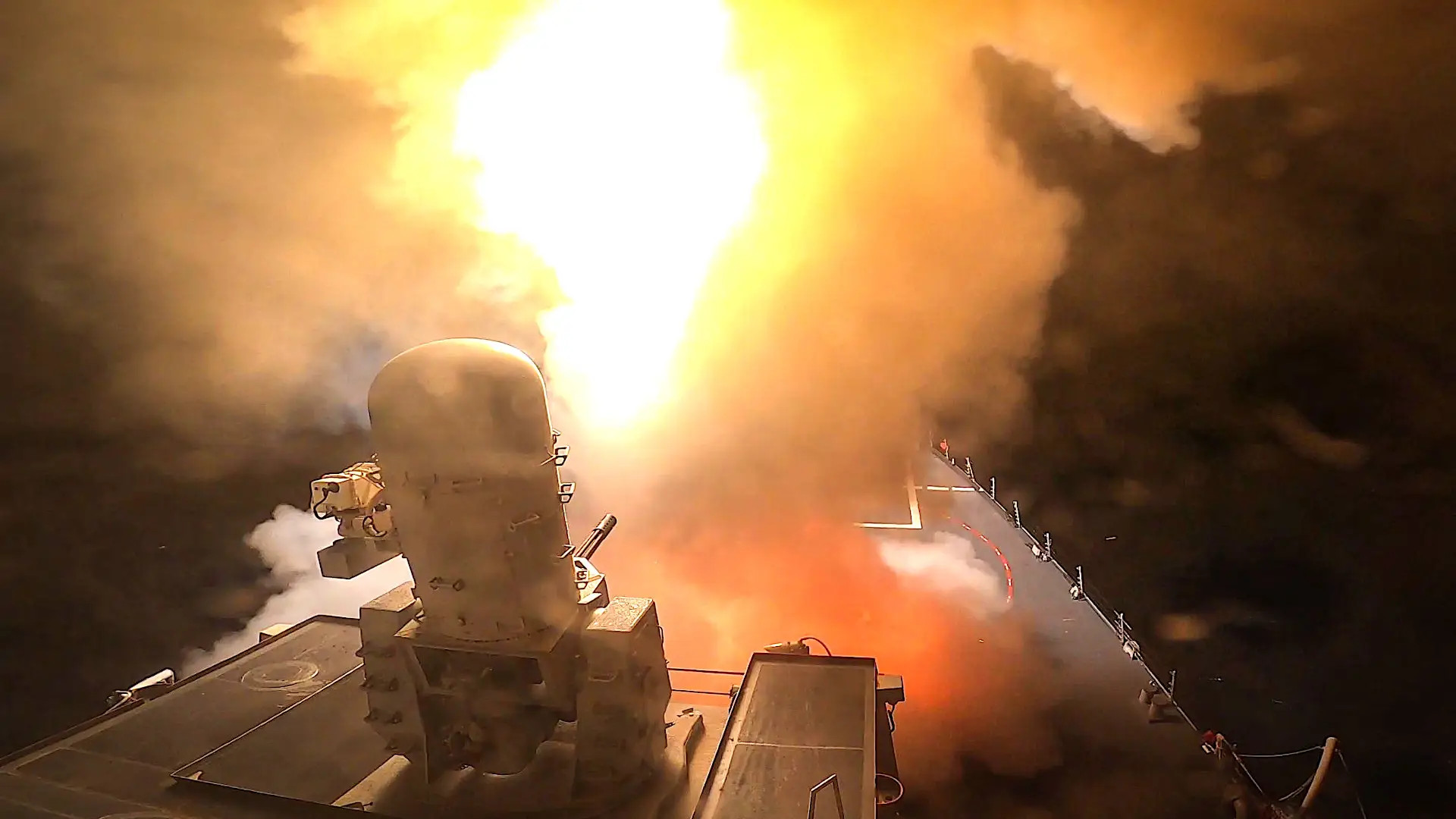
The Navy’s main Fiscal Year 2025 budget request asks for just shy of $43 million to buy 17 SM-2 Block IIICs and almost $533.2 million for the purchase of 125 SM-6 Block IA missiles. This works out to unit costs of just over $2.5 million and nearly $4.3 million for each SM-2 Block IIIC and SM-6 Block IA, respectively.
“We’re doing everything we can within … [Fiscal Year] 24. We have some supplemental funding requested to help us improve our capacity in [FY] 24,” Navy Rear Adm. Ben Reynolds said at a separate press conference yesterday about the Navy’s portion of the new budget request in response to a question about munitions expenditures in and around the Red Sea. “We do have 1.6 billion dollars of supplemental funding that’s over on the Hill, I believe passed by the Senate, and that includes the operations in the Red Sea. And that includes some additional funding, about 150 million dollars, … to basically recertify and refurbish SM-2s that we have today and work through other weapon systems.”
Reynolds is the deputy assistant secretary of the Navy for Budget and Director of the Fiscal Management Division within the Office of the Chief of Naval Operations, also known as N82.
It is not entirely clear what SM-2s Reynolds was referring to, how they might be recertified and refurbished, and whether that could also involve upgrading them in the process. The Navy’s current active SM-2 inventory is made up of multiple different subvariants of the Block III version of the missile. This includes the aforementioned Block IIIC, which features the same active-radar seeker as the much more capable SM-6. There are also older Block III/IIIA types and the unique Block IIIB variant, the latter of which is the only SM-2 with a dual-mode guidance package that includes semi-active radar and infrared seekers. You can learn more about the Block IIIB and the rest of the SM-2 missile family here.
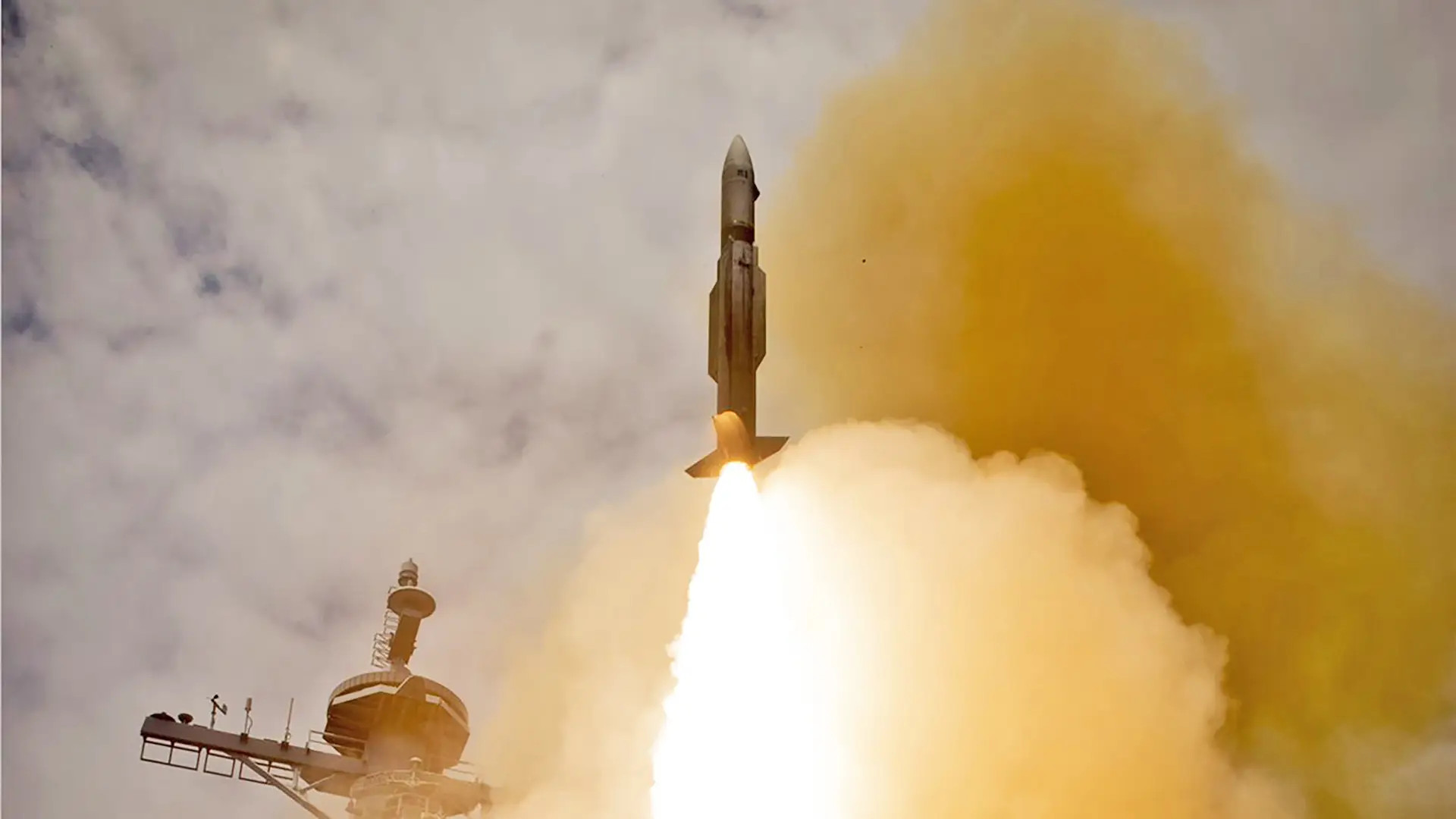
The Navy is also planning to begin buying further improved Block IIICU variants in Fiscal Year 2026. The Block IIICU has “a new TDD [Target Detection Device], guidance section, and steering control,” according to the service’s budget documents.
It is possible that recertification and refurbishment of existing SM-2s could involve upgrading them to a newer configuration. There might be the potential to take older pre-Block III variants still in storage and bring them up to one of the current standards, as well. The baseline Block III’s main improvement over previous Block II SM-2 missiles was the introduction of an upgraded radar proximity fuze.
“Suffice it to say, I’m very comfortable that we have enough of what we need,” Adm. Grady insisted at the press conference yesterday.
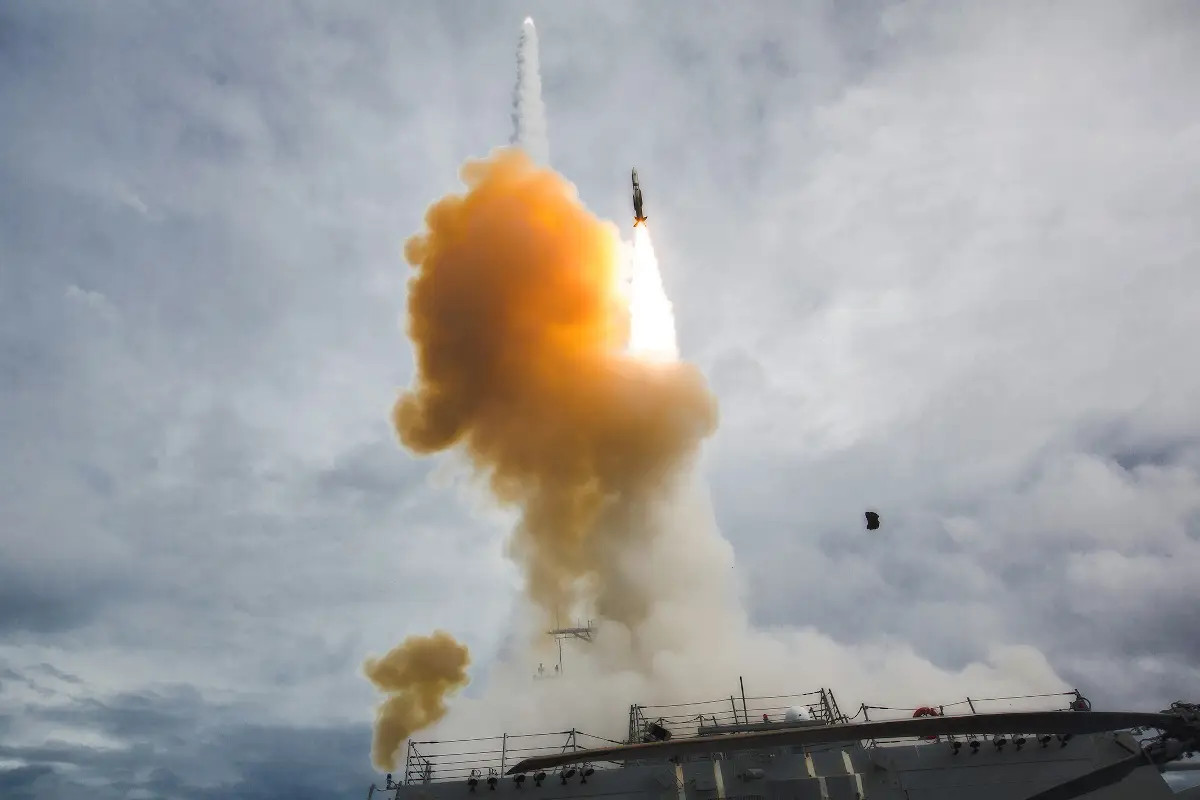
Grady, as well as Rear Adm. Reynolds, also pointed out that other capabilities beyond Standard-series missiles are being utilized against Houthi missiles and drones in and around the Red Sea, though neither one elaborated on what those might be specifically. As already noted, reports have said that Phalanx CIWS and five-inch guns on Navy warships have been employed. RIM-162 Evolved Sea Sparrow Missiles (ESSM), which are short-to-medium-range surface-to-air missiles, are another possibility. Beyond shipboard weapons, U.S. carrier and land-based aircraft have also knocked down Houthi threats.
“We are a learning organization. And so as we apply the concepts of defense in depth, it isn’t always an expensive SM-2 missile that gets shot at a UAS [uncrewed aerial system],” Grady said. “We’ve learned how to use other systems and have rapidly adjusted to this concept of defense in depth. And that’s what gives me great confidence that we’ll be able to sustain that as long as it takes to change the calculus over there.”
“You heard I think the Vice Chairman talk earlier about our in-depth defense in depth,” Reynolds said. “We’re looking at different weapons for defense in depth to protect our Sailors and Marines out there in the Red Sea.”
Though Reynolds did not explicitly mention it, it is worth remembering that the Navy put out a notice asking for information about counter-drone systems that could be integrated into various types of warships within 12 months of a contract award back in February. The War Zone noted at the time that this seemed to be a reflection of what has been happening in and around the Red Sea, as well as more general growing concerns about drone threats within the U.S. military.
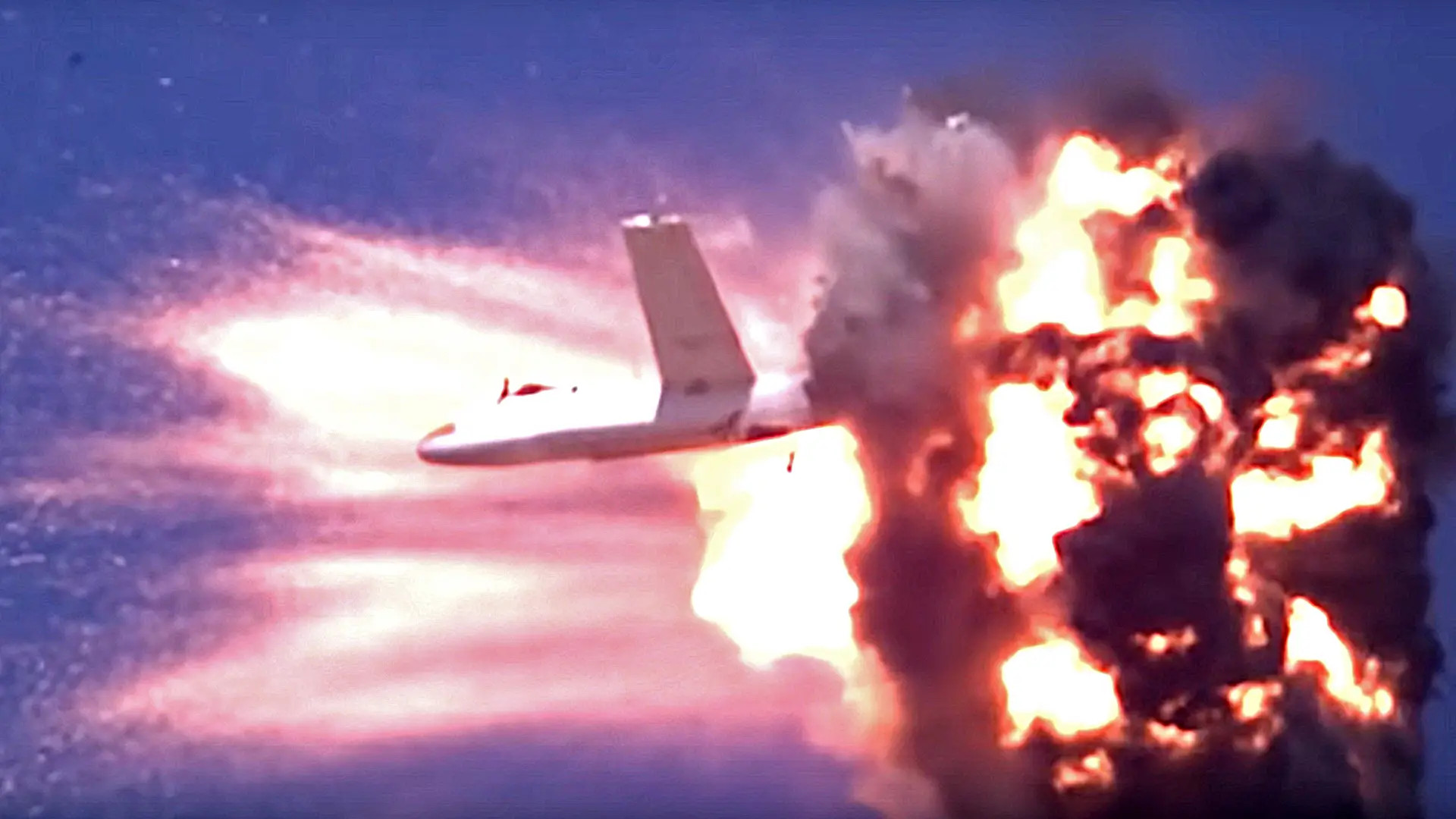
This is just one of a number of developments and initiatives the Navy likely has underway or is planning to explore as additional options for addressing drone and missile threats.
The issues at play here go beyond just immediate operational requirements, as well. Rear Adm. Reynolds noted that the rate at which the Navy is buying SM-6s, specifically, reflects the current production capacity of the manufacturer, Raytheon. The service asked for funds in its 2024 Fiscal Year budget request to lay the groundwork for expanding the production of those missiles, which the U.S. Army is also now planning to field in combination with ground-based launch systems.
However, gridlock in Congress has prevented the passage of a bill to actually appropriate funds for the Federal government’s 2024 Fiscal Year budget. The Pentagon’s 2025 Fiscal Year budget request is also notably constrained by the provisions of the Fiscal Responsibility Act, or FRA, which was passed and signed into law last year.
“We’re investing to procure 125 [SM-6] missiles in [FY] 25 and look to ramp up with industry up to 300” missiles a year within the next five years, Reynolds explained. “So [we’re] investing and doing everything we can with industry to do that, to include looking at alternatives for rocket motors or anything we can do to increase that.”
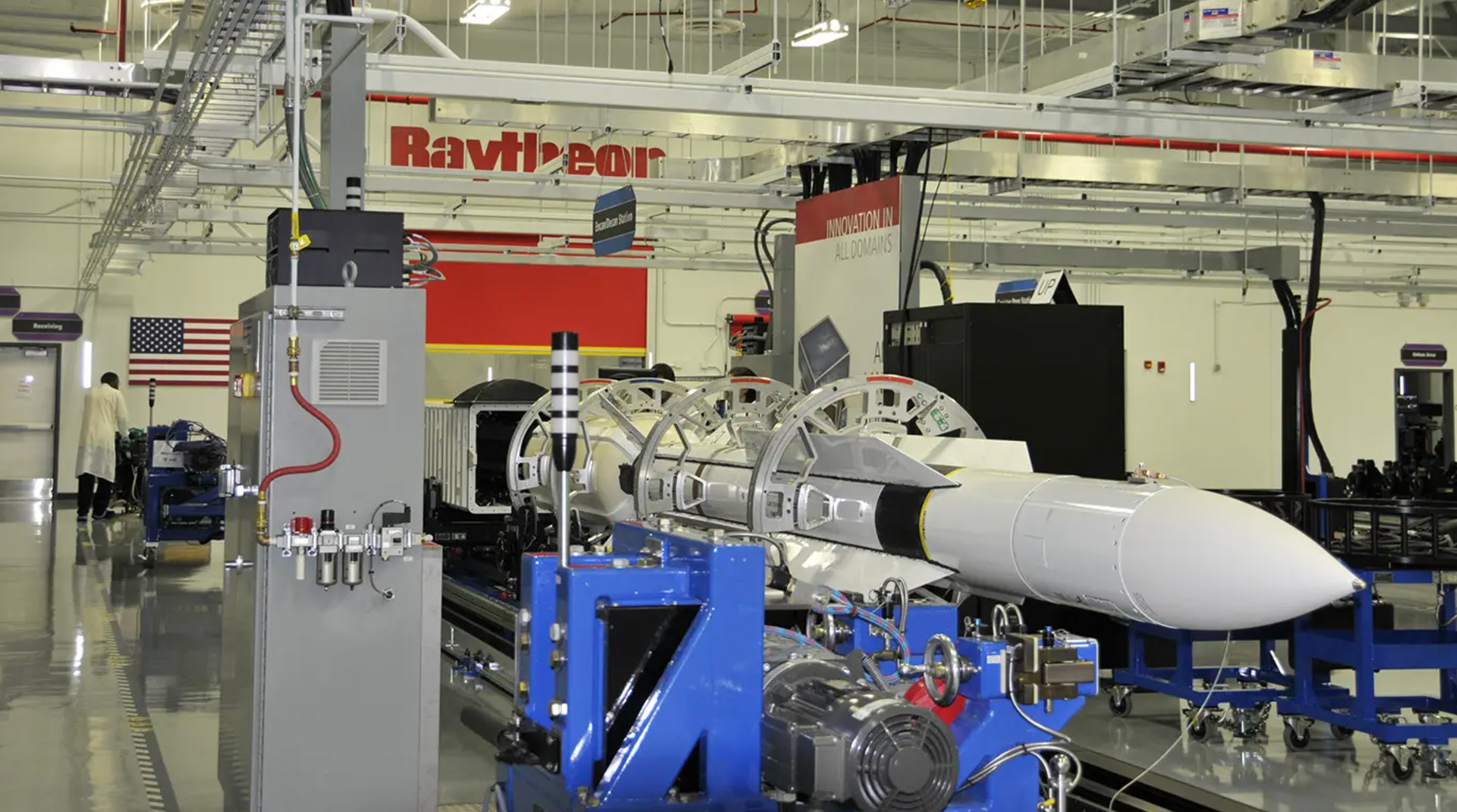
The Navy’s immediate demand for SM-2s and other munitions to support operations in and around the Red Sea doesn’t look likely to subside any time soon. The Houthi’s anti-ship campaign has continued, if not escalated, in recent weeks. This is despite the actions of multiple international coalitions, including strikes on targets inside Yemen.
Just yesterday, American forces destroyed 18 Houthi anti-ship missiles and an uncrewed underwater vehicle belonging to the group in six separate strikes, according to U.S. Central Command (CENTCOM). The Iranian-backed militants also fired another two anti-ship ballistic missiles toward the Pinocchio, a Singaporean-owned, Liberian-flagged merchant vessel sailing in the Red Sea yesterday.
I’m “very proud of the work of [the] … Joint Force at sea and what they [have] … been able to do to protect shipping and really to back up the international rules-based order there and freedom of navigation,” Vice Chairman Grady said yesterday.
Now, the Navy is looking toward supplemental funding and other efforts to ensure that it can continue to provide this defense in depth and meet its other operational demands in the future.
Contact the author: joe@twz.com
